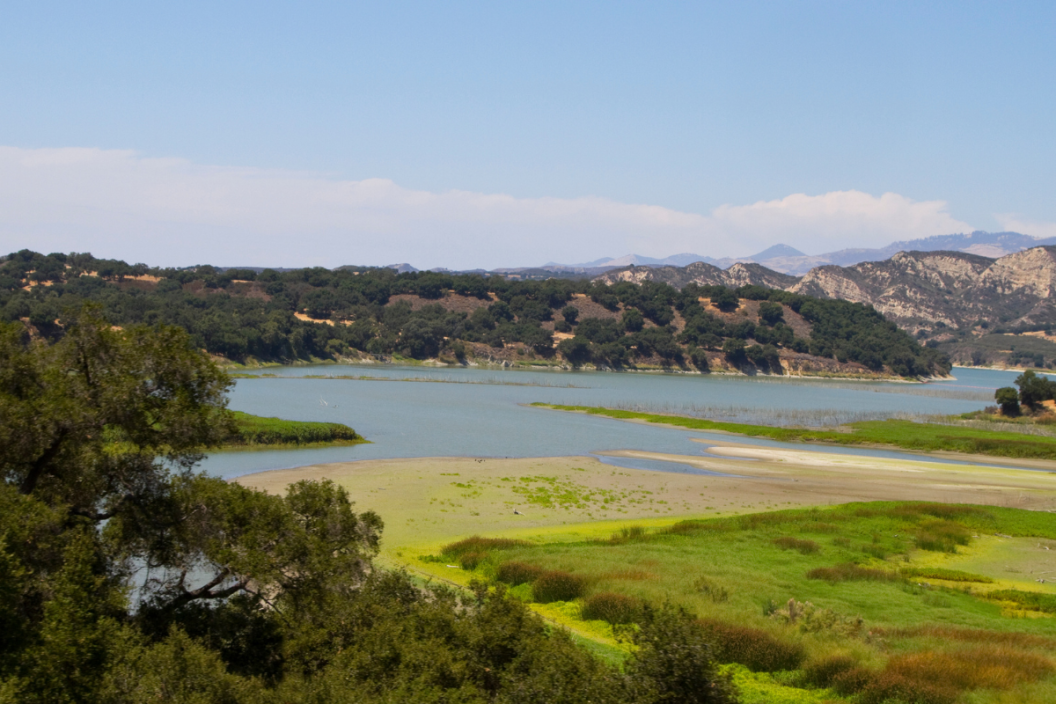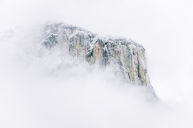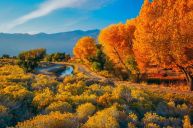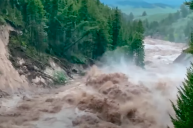After years of low snowpack and too little rainfall, the Golden State's reservoirs were left at historic lows. Two weeks of heavy rains have brought an onslaught of water to drought-ridden California, raising water levels in the reservoirs.
"Reservoirs, mainly dams at the mountain front, provide seasonal storage for water supply, in addition to storage to reduce downstream flooding," Roger Bales, the University of California, Merced's water and climate engineer, told Newsweek.
"They store winter and spring rainfall and snowmelt [in the wet season], releasing that stored water during the summer growing season for irrigation and for municipal use [in the dry season]," Bales explained.
According to the U.S. Drought Monitor, one-third of California was considered to be in "extreme" or "exceptional" drought as of July. Some areas of the state have seen up to 30 inches of rain over the last seven storms, bringing hopes that the massive rainfall will offset the severe drought conditions.
Lake Cachuma in Santa Barbara County has seen the benefits of the rainfall filling at 1 foot per hour, rising 34 feet in a single day. As a result, it was at 73.3% capacity and 19 feet below spill level on Jan. 10. As of Jan. 17 morning, it sat at 91% capacity, according to Santa Barbara County Public Works Department.
Matt Young, the manager of the county water agency, said to Noozhawk, "We'll still be getting inflows to the lake for the next few days. Just in the last day, it's come up 34 feet, which is pretty unbelievable." He estimated that the rising water would reach capacity by the end of the week and begin spilling over Bradbury Dam. That has not happened since 2011.
A full Lake Cachuma bodes well for the area's water agencies. According to Young, they were told there wouldn't be any new water allocations in December. With Cachuma filling along with other reservoirs on the Santa Ynez River, Jameson Lake, and Gibraltar Reservoir, that will all likely change. The water will flow and help replenish the groundwater throughout the Santa Ynez Valley and out to Lompoc.
Also, the Sierra Nevadas in Northern California have been hit with heavy snowpack, which will fill the northern reservoirs. So far, San Francisco has seen more rain in two weeks than it usually does in six months. On Dec. 31, the city had its second wettest day in more than 170 years, with 5.46 inches. The second largest reservoir, Lake Oroville, near Chico, rose 62 feet from Dec. 26 to Jan. 9. However, the lake still has a long way to go. So does Shasta Lake, the largest reservoir, which has risen 21 feet so far. Oroville and Shasta lakes are only at 57% and 52% of capacity, respectively, as of Jan. 16. The latest storms are insufficient to pull California out of the drought.
"We need to see sustained accumulation of precipitation throughout the season," California's Department of Water Resources drought manager, Jeanine Jones, told the San Francisco Chronicle. "It's great that we're having some storms and getting precip, but we need that to continue."




